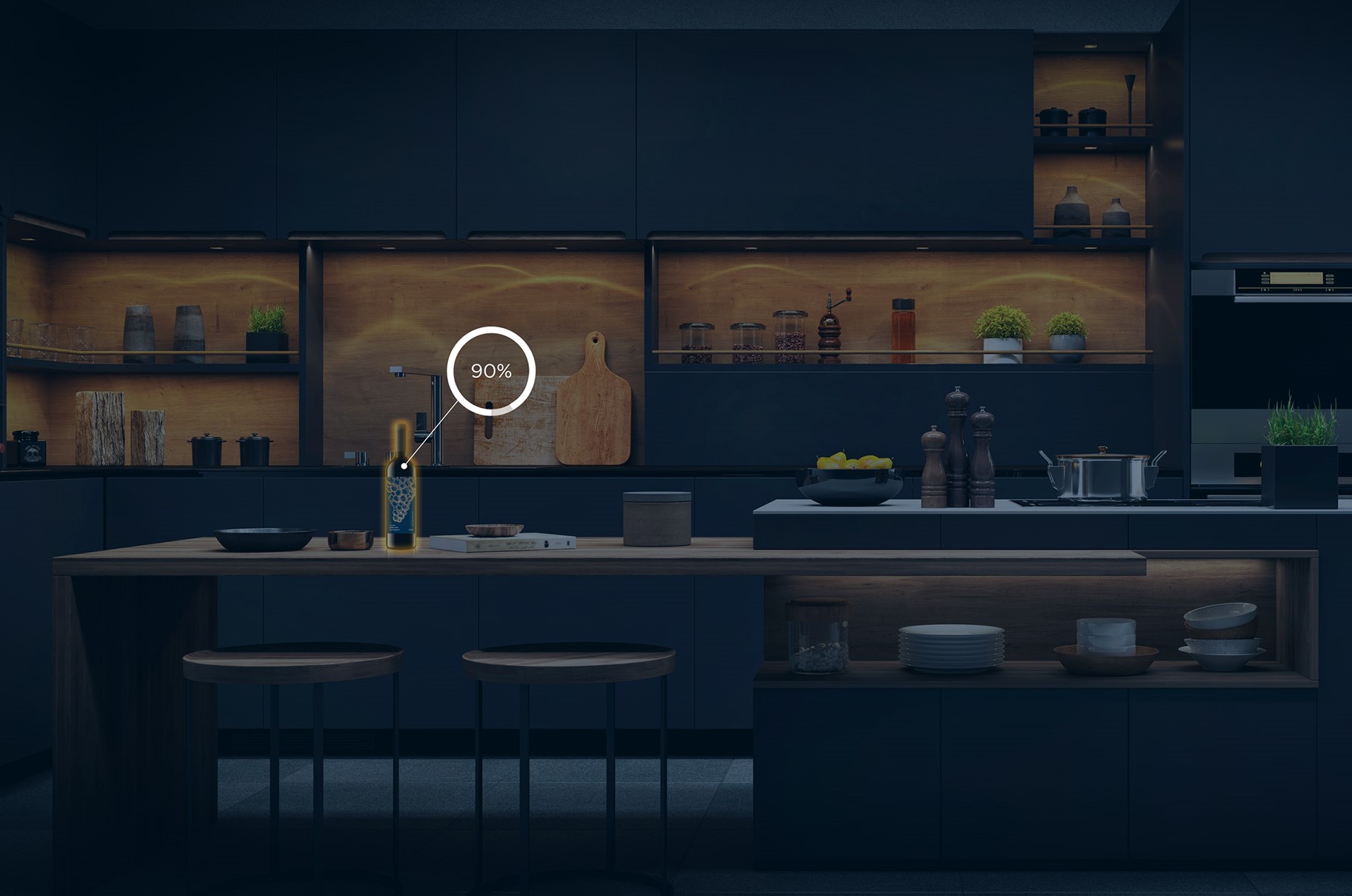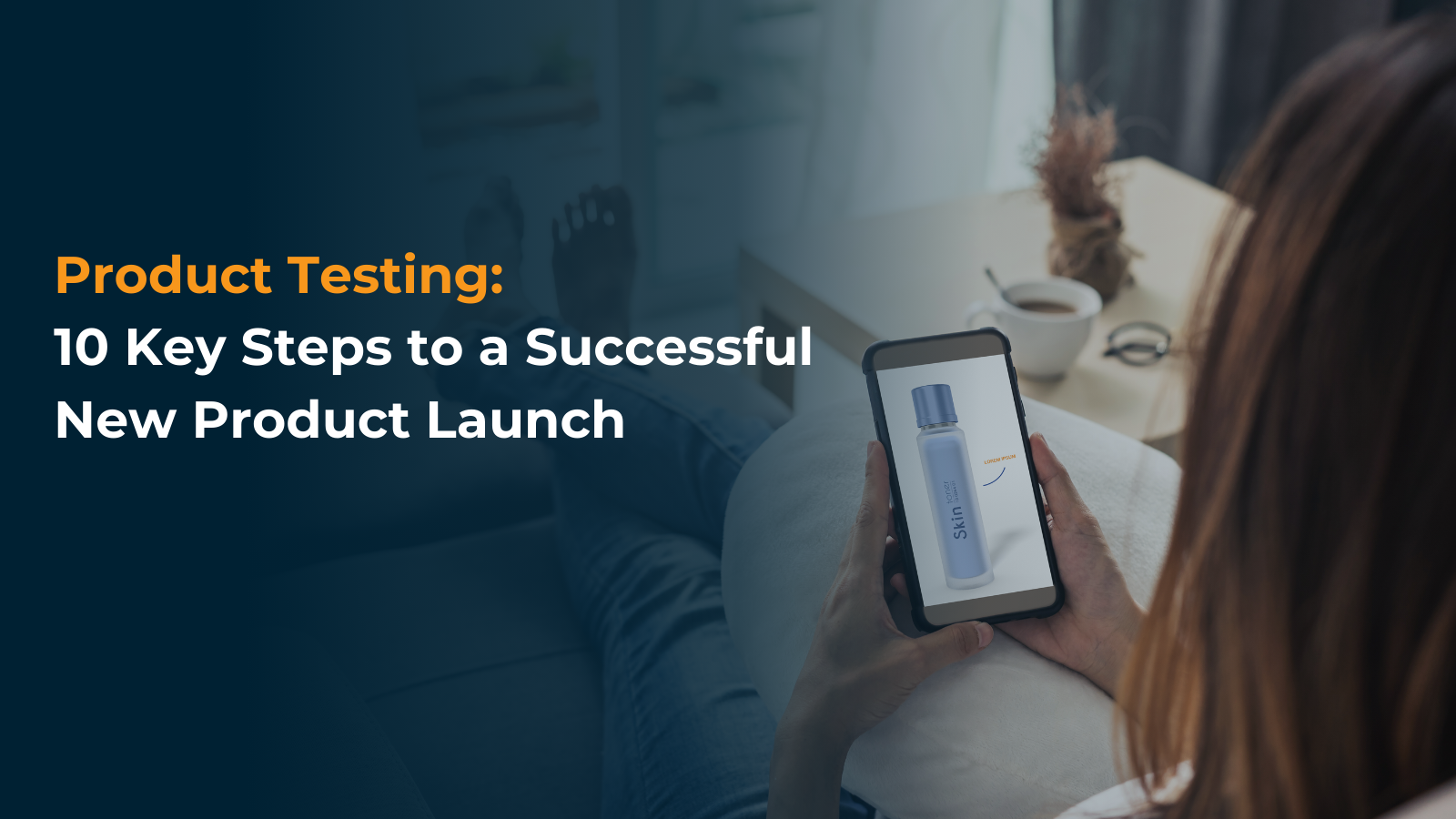Passive vs. Recalled Insights: Which are More Reliable?

Can you remember how much shampoo you used last week or how many times you ate cereal over the past month? You’re not alone – we can’t either.
However, to gain the most accurate understanding of consumer behaviors, it’s vital to understand the methods available for collecting both recalled and passive data.
Active Recall vs Passive Recall in Market Research
In active recall:
- Participants must consciously recall and share information based on the researchers’ questions.
- This research is often conducted via surveys or in-depth-interviews (IDIs)
- Since active research relies on memories of prior experiences, these insights can be less-than-accurate
As you might imagine, participants’ approximate answers to these questions become a lot less accurate the longer they’re asked to think back on their behaviors, so collecting recalled insights on usage and consumption is not the most effective research tactic and is difficult to measure—even if the speed and ease of collecting these insights are tempting.
As for passive recall:
- Data is collected in real-time, in the background, without requiring participants to recollect past experiences and behaviors
- Research studies that use passive data collection techniques are usually aided by technology, such as scales, monitors, sensors and more. Examples of passive research include Nielsen’s use of the Portable People Meter and IRI’s collection of retail data via scanners
Passive insights provide researchers with a more accurate picture of how consumers are using products because they are collected in real-time as participants are immersed in an experience, meaning participants don’t have to answer questions from memory, or answer any questions at all. Participants also aren’t required to change their habits in any way; they simply act as they normally would while data is being collected on their behaviors, yielding more accurate results for researchers.
The Newest Breakthrough in Passive Insights
For years, brands have been trying to find research methods for passive observation to collect accurate consumption data for CPG products, with little success. Now, this technology finally exists.
With QualSights’ first-of-its-kind Consumption Sensor Technology, researchers can get more precise and accurate consumption data than ever before by using a network of devices that once set up, enable participants to simply place their product on top and use it as normal. Meanwhile, researchers see consumption data:
- On every usage occasion.
- Down to the SKU.
- Down to the gram.
- Down to the second.
 Research Industry Insights
Research Industry Insights 

